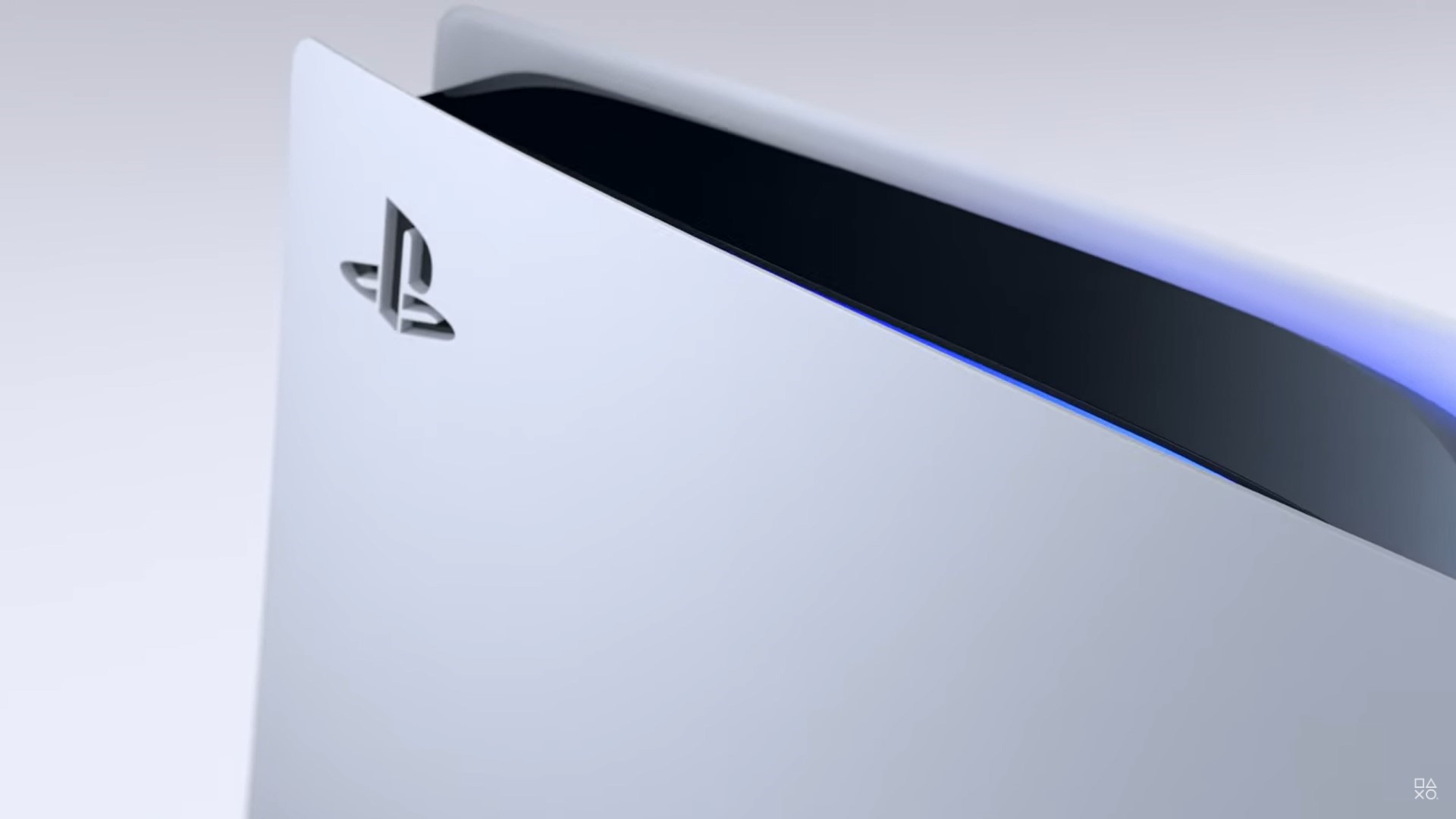Is the new PS5 model worse than the original? Teardown explores revised components
Exploring the innards of the tweaked, new PS5 console

It’s noticeably lighter and in mass production right now, meaning if you’re still waiting on buying a PS5, the newly-released CFI-1100 version of the PlayStation 5 is likely the one you’re going to end up with.
But is it better than the original?
That’s a point that’s still up for debate. Multiple teardowns of the new revision, now shipping to customers, have appeared on the web (notably from the excellent Digital Foundry and Austin Evans), which paint a confusing picture of the new PS5, and raise questions about its ability to stay cool.
- US-only: PS5 restock tracker
- PS5 vs PS5 Digital Edition: which PlayStation 5 console should you choose?
- PS5 storage expansion: the best SSD for PS5 in 2021
- Where to buy a PS5
What’s going on under the hood? As well as the new easy-to-twist screw for the stand, there’s also a revised Wi-Fi module that, so far at least, doesn’t appear to offer much of a difference in terms of performance.
But the big change is a 300g weight reduction. The majority of that (277g) comes from a new lightweight cooler design, down from 1639g on the original PS5 to 1368g on the new CFI-1100 version. Here’s where things start to get interesting. The new heat sink reduces the number of heat pipes from six down to four, and uses less copper in its construction – a material known for its excellent thermal performance – in favor of aluminium. There’s also a new fan with more blades in it.
It appears to be a more affordable cooling component for Sony to make, then – but the power draw from the internals appears to be the same, according to Digital Foundry. But you wouldn’t expect a smaller heatsink constructed with materials with poorer thermal conductivity to run cooler, so what’s the thinking here?
Analysis: A cautious launch – and a more sought after model number?
It’s possible that Sony was overly cautious in its initial construction of the PS5. To have a successful console launch, you not only need to get machines into players’ hands, but also ensure that they work reliably.
Get daily insight, inspiration and deals in your inbox
Sign up for breaking news, reviews, opinion, top tech deals, and more.
Once a device goes mass market, there’s no telling how people are going to use them – a PlayStation could be stacked in a media center, or left next to other hot components and devices, not to mention simply being used in hot or humid climates. Sony’s engineers have likely tested units in all sorts of stressful conditions, but it’s still near impossible to account for all the variations in set up and lifestyle that real-world users will have. As such, the original PS5 design may have had more cooling than was necessary, and with a few months’ worth of real-world user data to draw upon, Sony’s been able to confidently slim down the console and reduce its manufacturing costs.
However… isn’t it better to be safe than sorry? There will be some who will have more trust in the older design’s heavier cooler construction, which could potentially make the earlier models (with the CFI-1000 number) sought after in the future.
Regardless, you’d assume that the older models are now being phased out in favor of this revision, as Sony announced it’s now making a profit on the disc version of the console, so stay eagle-eyed when buying if you have a preference.
Gerald is Editor-in-Chief of iMore.com. Previously he was the Executive Editor for TechRadar, taking care of the site's home cinema, gaming, smart home, entertainment and audio output. He loves gaming, but don't expect him to play with you unless your console is hooked up to a 4K HDR screen and a 7.1 surround system. Before TechRadar, Gerald was Editor of Gizmodo UK. He is also the author of 'Get Technology: Upgrade Your Future', published by Aurum Press.
